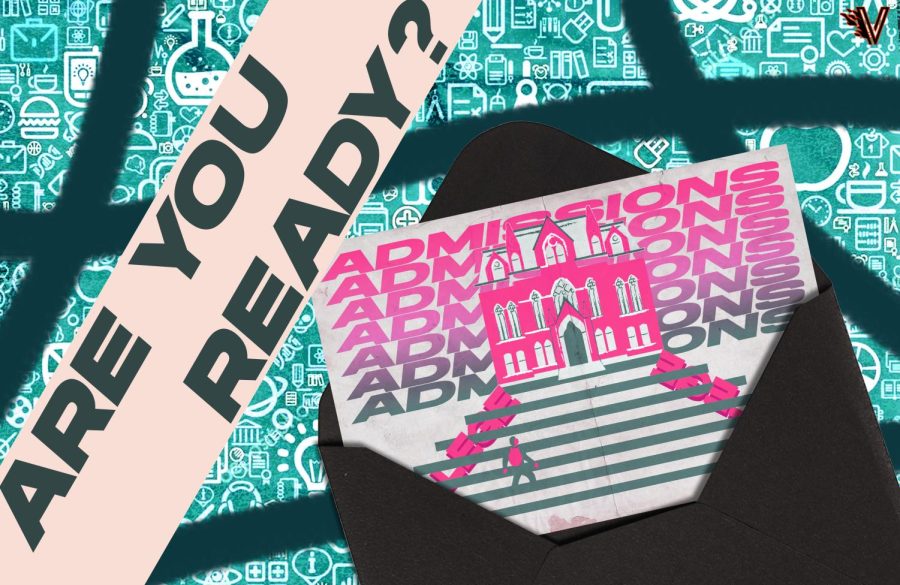All you need to know about the college admissions process— Part 2
Contrary to the popular opinion of starting the college application process over the summer of your junior year, I recommend starting the process over the winter break of your junior year regardless of your deadline type. It may seem too early, but trust me, the earlier you start, the less stressed you will be. Here’s a timeline I’d suggest so you can pace yourself well and not stress yourself out:
Winter break of junior year:
- Create a spreadsheet of all the colleges you’re interested in. You can always add and delete rows and columns over time but start researching about colleges and departments you’re interested in. The best resource is always the college’s website because it gives you insight into their course offerings, campus life, and resources. Some colleges like Yale University and Georgia Institute of Technology have admissions podcasts you can listen to gain a deeper understanding of what’s to come in the next year or so. Current students and alumni are also a great source to see if you would thrive in said college’s environment. Last, but not least, take a look at the college’s newspaper for a better understanding of the student body. To see if you’re a fit, look at the college’s academic requirements and Common Data Set (CDS) and as a rule of thumb, make sure you’re above their 25th percentile for test scores and GPA (if provided).
- Create an account for the application system(s) your colleges are on. Popular ones include Common App, Coalition, and Apply Texas though some colleges like MIT have their own application. You don’t have to start anything yet, but look at the essay prompts so you have a gist of what to write about over the summer.
Summer of junior year:
- Create a google document and complete all your essays over the summer so even if you add a college to your spreadsheet after school starts, you won’t be stressed out. Plus, you’ll have more time to tweak your essay as you gain feedback from your teachers, parents, or even yourself. To perfect college essays, make sure each essay showcases different aspects and qualities in you.
- Fill out basic information on all your application systems
- Update the spreadsheet
- Look into auditions if you’re interested in applying to your college’s arts program
- Choose a decision plan for each college: You are not obligated to apply ED, REA, or EA though I highly recommend it as you will get back your decision sooner and can be considered for admission again should you be deferred or waitlisted. However, if you want your mid-year grades to be evaluated in the admissions process, RD is a great option. Keep in mind that some colleges like University of Maryland accept around 90% of their incoming class in the EA round while some colleges like MIT show no preference to students in the EA and RD rounds.
- Talk to your parent/legal guardian about how you’d like to finance your education.
First semester of senior year:
While you are hopefully done or at least almost done with essays, there is still additional documentation you need to provide to your colleges.
- Most colleges require that the applicant send a transcript. You should be able to do this via Parchment where the first three transcripts are free. If you’re applying via The Common Application or Coalition, you only need to send it to the system once even if you have multiple colleges. Other applications, like the ones submitted via Apply Texas for example, require that you send it to each institution separately. Some colleges require that you fill out a SRAR (or Self Reported Academic Record), meaning you fill in all your grades and courses by hand.
- Completely fill all the information on your application system(s).
- Ask your teachers and counselor for letters of recommendation two to four weeks before they’re due. Note: The application deadline is not necessarily the same as the supplemental documentation deadline. Some schools offer leeway with supplemental documents while some are very strict with deadlines. Make sure to thank your teachers and counselor for writing the letter.
- If you want your test scores to be considered in the application process, some colleges allow self reporting them while others require official SAT scores sent from Collegeboard. If you’re sending official scores, know that it’ll usually take around five business days to be sent.
- Send any miscellaneous documentation, if necessary. Some colleges like Princeton University require a graded essay while many colleges ask for an optional resume or website.
While you may submit your application the day it’s due, I highly suggest against it. Almost every year, one of the admissions systems crashes the day it’s due (it happened this year too!). While colleges extend deadlines, it’s best that you submit it at least a few weeks before the deadline. That way, when you get access to the college’s portal where you can track your application status, you can look at the checklist and make sure you’ve submitted all documents.
In addition, make sure to fill out FAFSA on Oct. 1 and FEF by Dec. 17 of your senior year. For more information on Financial Aid, look forward to Part 3 of this series. Meanwhile, if you have any questions, reach out to your guidance counselor or email/call your college’s admissions office. In addition, work on your senior year without being overwhelmed as you’re only a step away from graduating high school and attending college.





